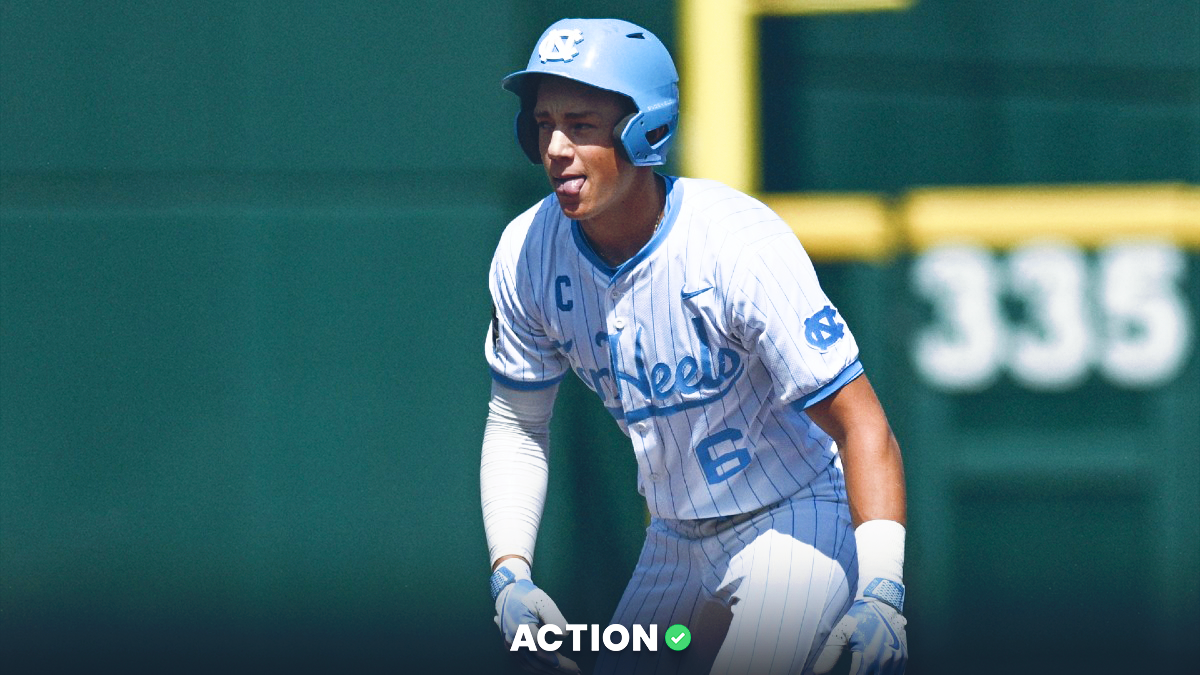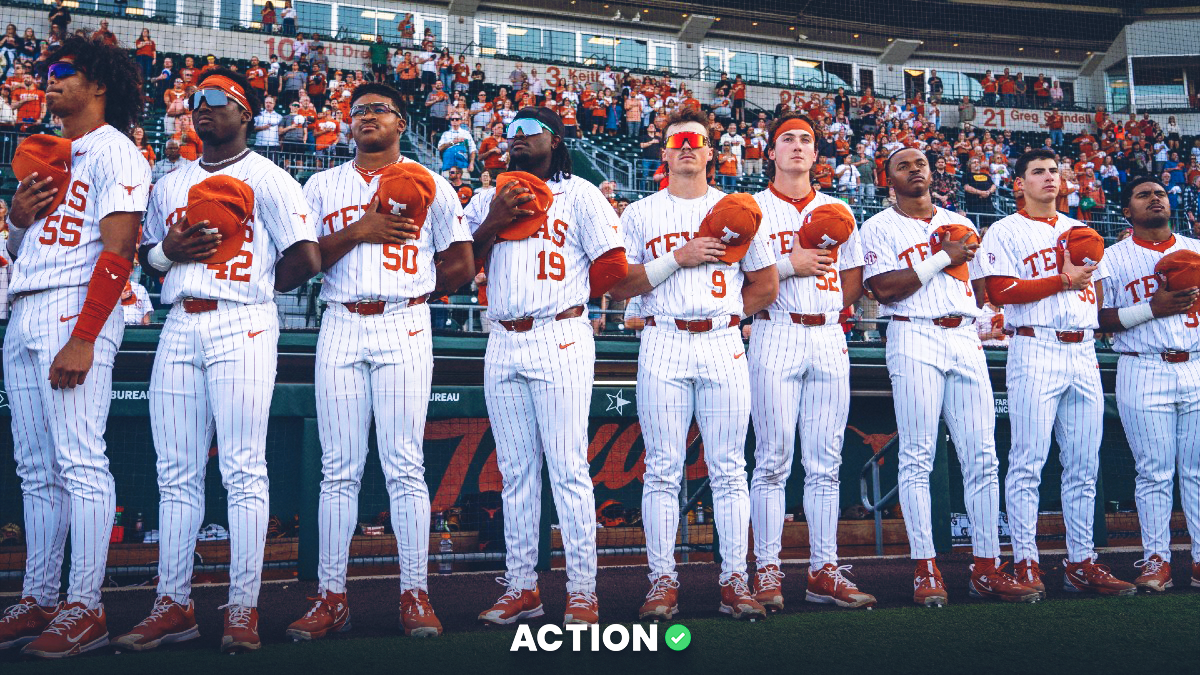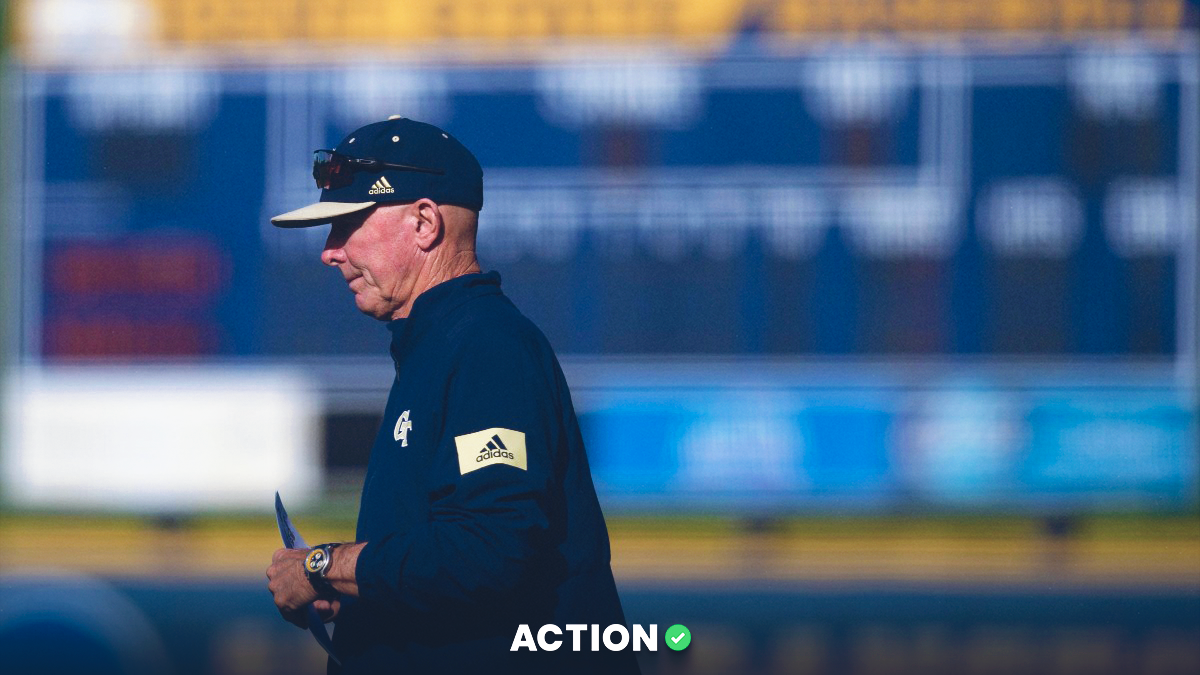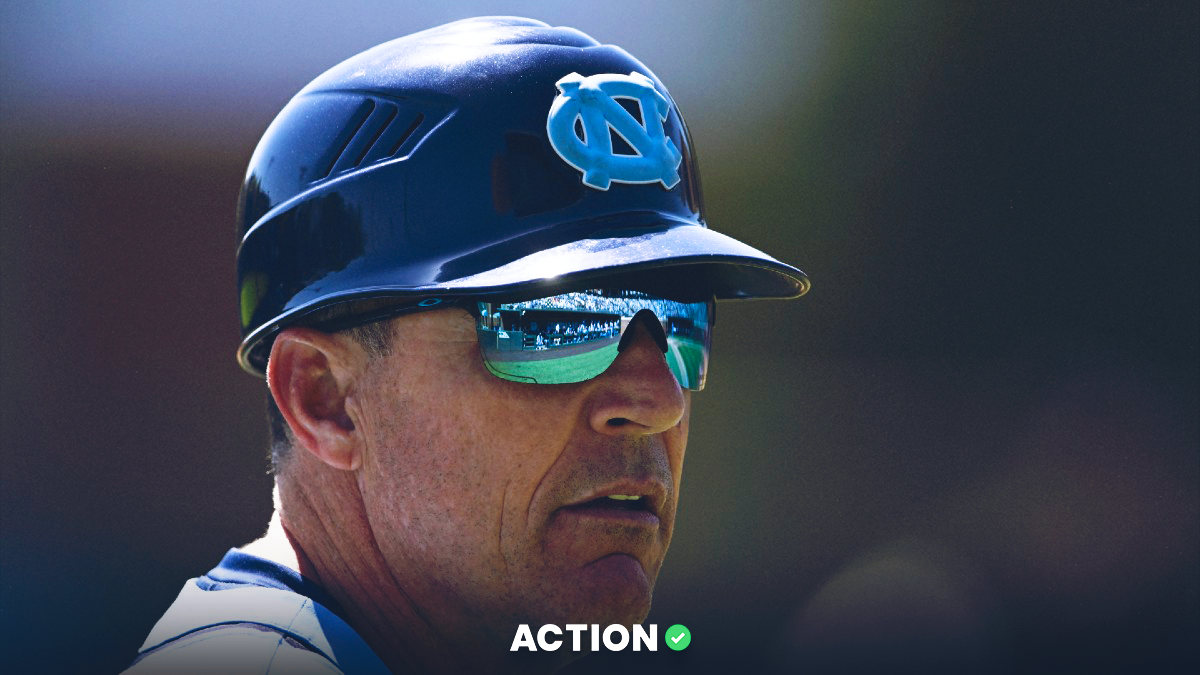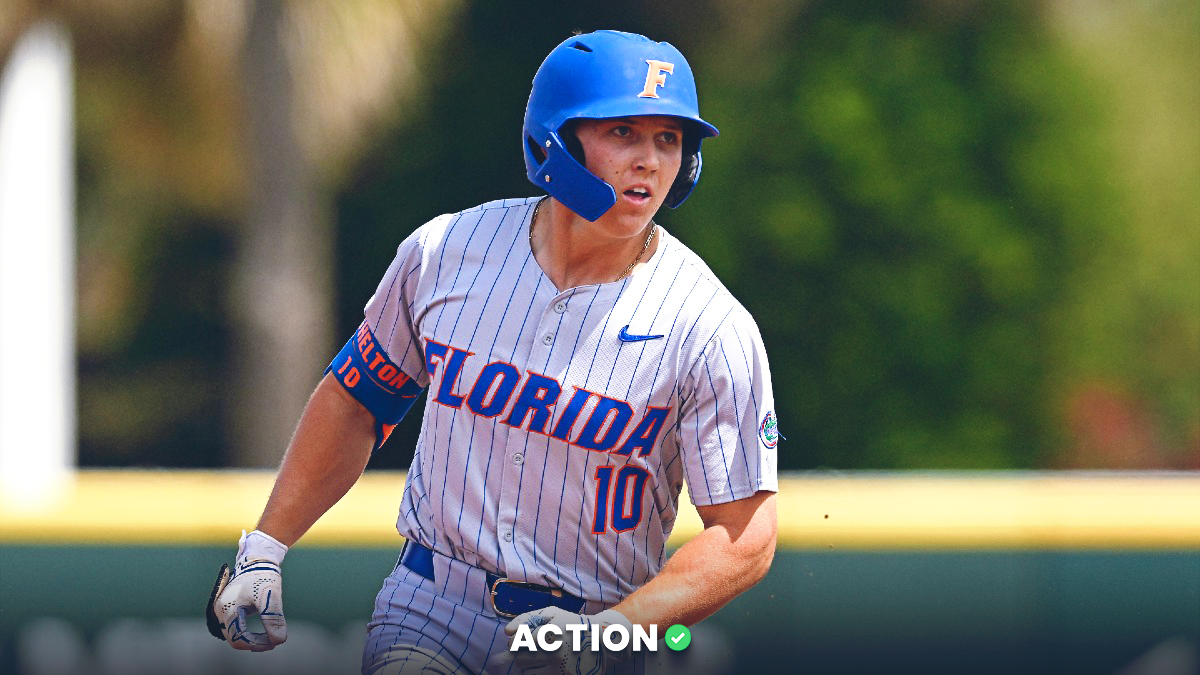Making lines for baseball can be a daunting task for anyone looking to place a wager.
Major League Baseball is ultra-dependent on projecting innings for the starting pitchers and bullpens. And defensively, because errors are infrequent in MLB, outs above average is a statistic that can only slightly modify the odds.
College baseball is a completely different handicap, though, as fielding percentage and BaseRuns are the key to accurately projecting a side and total.
Calculating the projected offense for a team derives from dozens of statistics, including singles, doubles, triples, home runs, walks, sacrifice flys and plate appearances.
Meanwhile, BaseRuns Scored against BaseRuns Allowed provides a Pythagorean statistical progression of a team's second-order win total. The formula provides insight into teams that hit solo bombs versus a team that slaps three singles and a sacrifice fly.
Here's a look at the current BaseRuns for all Division I teams:
BaseRuns play a key role in creating an accurate projection in college baseball and MLB.
Next week, we'll take a look at Park Factors for all Division I teams — a piece of the puzzle that explains why a team like Virginia Tech has a stark difference in BaseRuns at home versus on the road.







